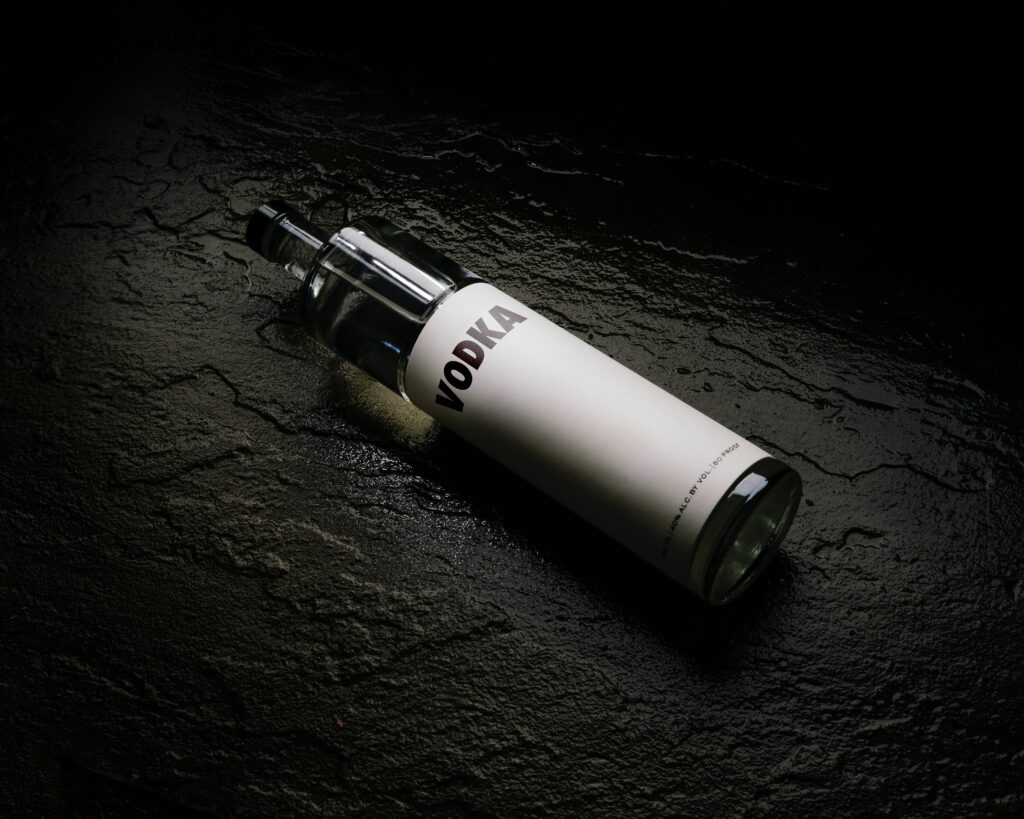Alcoholic beverages are high in kilojoules, or ’empty calories. ‘They are, however, devoid of nutritional value. Drinking alcohol is a standard part of many people’s daily routines. Alcoholics are more likely to choose unhealthy eating choices than non-drinkers. Excluding those with many calories, such as those found in alcoholic beverages or the day after consumption.
It is possible to gain weight if a person consumes more calories to require.And it does not consume enough nutritional meals throughout the day. They can exacerbate weight gain and other health problems are associated with poor diets.
Weight increase and alcohol:
There is a weight increase when there is a long-term imbalance in energy intake. Weight gain can occur if the energy consumed is greater than the energy expended through physical activity. Alcohol Consumption can cause weight gain in three different ways.

Food choices are affected:
Alcohol consumption can encourage people to eat more. Overall caloric intake is therefore not solely a result of intoxication with alcoholic beverages.People who drink alcohol before or during meals consume food up to three times.
Additions that are both sweet and delicious:
Even when paired with sugary beverages, alcoholic beverages are even more caloric. Approximately two shots of whiskey in a can of soft drink. A small meal’s worth of kilojoules is equivalent to this amount.
Alcohol has a high kilojoule content:
Pure drinking has a 29 kJ value per gram. While one average drink can be found at restaurants, bars, and even at home, the amount of alcohol supplied is generally substantially more enormous. It is common for restaurants to serve 1.5 standard drinks of wine in a 150 mL glass of wine. As a result, the kilojoule intake from alcohol is now significantly more extensive than previously thought.

Nutritional absorption with alcohol consumption:
Alcohol consumption, unlike food, cannot be digested. To avoid a potentially toxic buildup in the blood, it is taken straight into the body. In the mouth, alcohol begins the process of digestion. The esophagus and stomach are the last destinations for food. Administered into the bloodstream, some alcohol is consumed.
Alcohol dehydrogenase is the enzyme that begins the breakdown of alcohol in the stomach. The remainder of the alcohol is absorbed in the small intestine. It takes about 30 minutes for one to feel the effects of alcohol on an empty stomach. Sixty minutes on a full stomach and a standard drink to enter the bloodstream.
The liver removes the alcohol from the bloodstream by breaking it down and metabolizing it. The majority of nutrients are absorbed into the bloodstream through the small intestine. The organs involved in the digestion, absorption, and processing of nutrients are damaged by the effects of alcohol. In people who drink at high-risk levels, it can cause nutritional deficiency. The nutrients affected are thiamin, folate, B12, vitamin A, magnesium, calcium, potassium, zinc, and folic acid.

“Forgiveness” for alcohol consumption:
Dieting or exercising more to make up for it. Drinking too much alcohol can hurt both your physical and emotional well-being. If you’re trying to reduce your caloric intake in any other way, this is a much better option.


Recent Comments